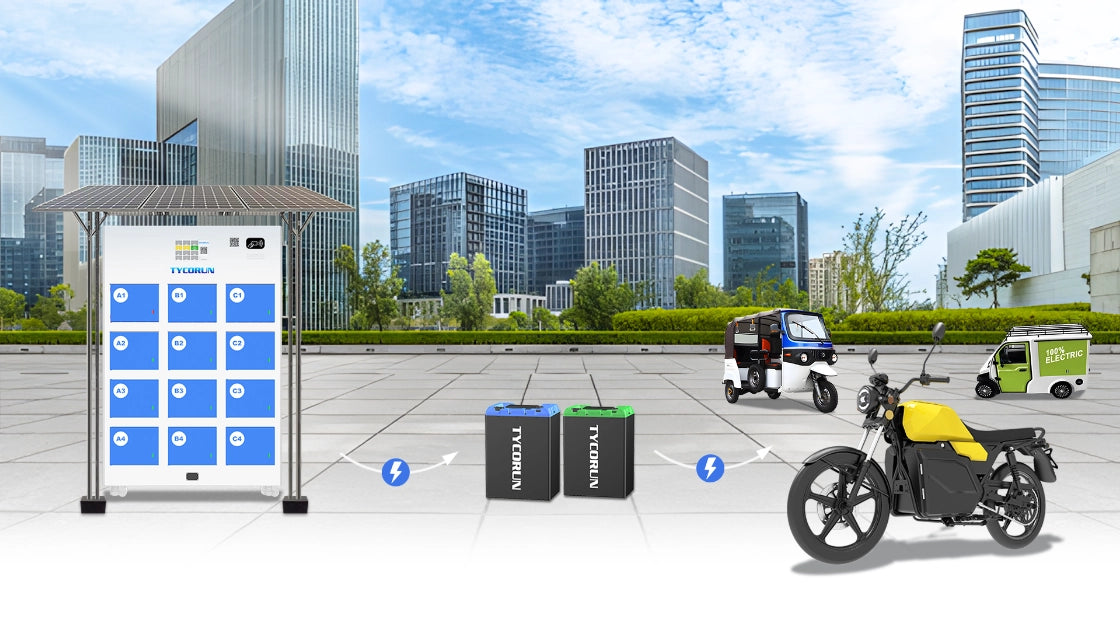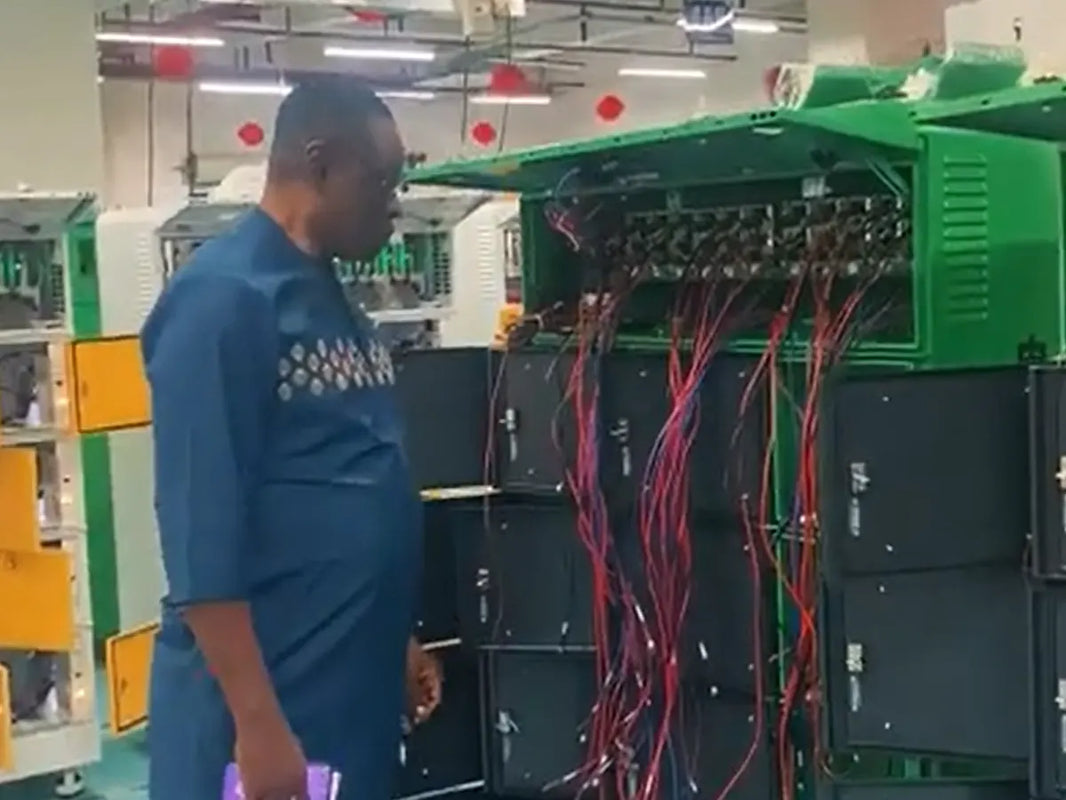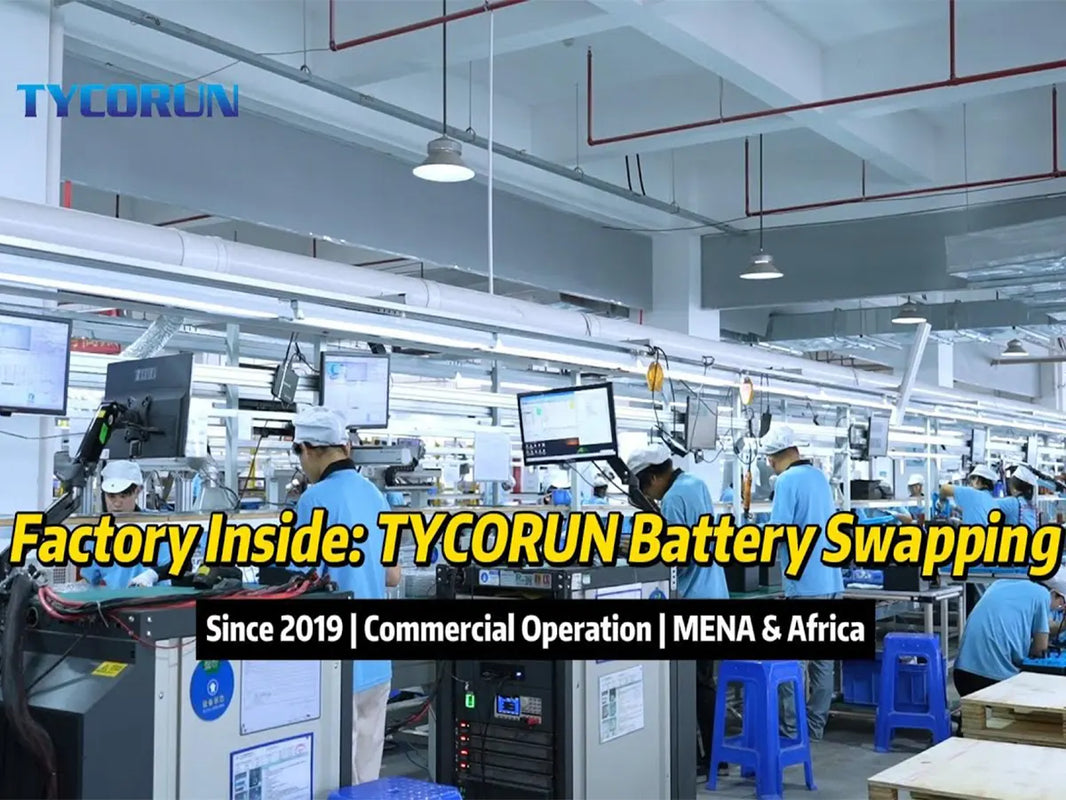
Main content:
Wireless charging is widely used in smartphones, wearables, and electric vehicles, offering cable-free convenience. But does wireless charging damage battery? The process generates some heat, which can affect battery health if devices lack proper battery thermal management.
What is wireless charging?

Wireless charging is a technology that transfers power without a physical connection (such as a charging cable). It uses electromagnetic induction, magnetic resonance, electric field coupling, or radio waves to transfer energy from a transmitter to a receiver, effectively charging electronic devices.
Common Applications of Wireless Charging
Smartphones
Most flagship phones today support wireless charging. Simply place the device on a charging pad or stand to charge, eliminating the need to repeatedly plug and unplug a cable, improving convenience and reducing wear and tear on the connector. Some high-end models also support reverse wireless charging, allowing for emergency charging of small devices like earphones and watches.
This convenience raises the question: does wireless charging damage battery? Modern phones include thermal management to ensure safety.
Wireless Headphones
With the popularity of true wireless (TWS) earphones, many charging cases now support wireless charging. Simply placing the case on a wireless charging pad automatically recharges the earphones, significantly improving the daily charging experience. Wireless charging allows the device to share a charging pad with the phone, eliminating the hassle of carrying cables.
Smartwatches
Smartwatches are small in size and have limited battery capacity, requiring frequent charging. Wireless magnetic docks can help watches automatically align with the charging station, preventing damage to traditional contact interfaces caused by dust and sweat. Some manufacturers have also launched multi-device wireless charging pads that can simultaneously charge phones, headphones, and watches, meeting the needs of multi-device users.
Electric Vehicles
Wireless charging holds great potential in the EV sector. Parking a vehicle in a wireless charging space automatically recharges the battery, eliminating the need for manual connection to a charging cable. In the future, as high-power wireless charging technology matures, "dynamic wireless charging" may become possible, further alleviating battery life concerns.
Wireless Power Supply Methods
Electromagnetic Induction
This method utilizes the induced magnetic flux generated between the power transmitter and the power receiver to transmit power. It is a common wireless power supply method with a simple circuit structure, compact size, and low cost. Its advantages include high efficiency. However, its disadvantages include short transmission distance and susceptibility to positional deviation.
Magnetic Resonance
This method uses resonators on the power transmitter and the power receiver to resonate with the magnetic field, thereby transmitting power. Suitable for long-distance transmission, it is being developed for charging EVs (electric vehicles). Improving efficiency is a key challenge.
Electric Field Coupling Method
This method uses electrodes connected to the power transmission and receiving sides to form a capacitor. This method transmits power through high-frequency transmission and the phenomenon of current flowing through the opposite electrode (harmonic current). Like electromagnetic induction, this method offers short-distance transmission, but its advantages include being less susceptible to positional deviation and generating less heat in the power supply unit. Its disadvantage is the increased thickness of the transformer generating the high voltage.
Check maximum charging current for more information.
Radio Wave Reception Method
This method utilizes electromagnetic fields to power portable devices, converting current into electromagnetic waves on the transmission side. An antenna on the receiving side receives these waves and converts them into direct current in a rectifier circuit. While capable of long-distance transmission of several meters, its disadvantage is low efficiency.
Advantages of Wireless Charging
Charging portable devices has traditionally been done using wired charging with an adapter, or through USB ports. These methods rely on connectors and cables for energy transmission. In contrast, wireless charging allows the device to be charged simply by placing it on a charging station. The elimination of connectors not only improves device waterproofing and reliability, but also avoids charging issues caused by connector failures, opening up new possibilities for product design.
Wireless charging offers the added benefit of reducing cable clutter and saying goodbye to tangled charging cables, creating a cleaner and more organized living space. Whether it's a desk or nightstand, it instantly becomes fresh and clean. By eliminating the need for frequent plugging and unplugging of data cables, device charging ports experience less wear and tear, extending their overall lithium ion battery life.
Wireless charging in cars offers multiple significant advantages. It provides a highly convenient charging experience. Drivers simply park their vehicle in a designated location and charging automatically begins, eliminating the need to plug and unplug cables. This eliminates the inconvenience and potential safety risks of traditional charging methods, especially in inclement weather like heavy rain or snow. Wireless charging also improves safety, eliminating the risks of electric shock and short circuits caused by exposed connectors and cables, while also reducing issues caused by water ingress or cable aging. This technology also improves space utilization, allowing charging devices to be integrated directly into the ground or parking space, reducing cable congestion and creating a cleaner and more aesthetically pleasing charging area.
Does Wireless Charging Damage The Battery?

Many users often ask, does wireless charging damage battery? With the increasing popularity of wireless charging in smartphones, wearables, and electric vehicles, understanding its impact on battery health is crucial.
Mobile Phone Wireless Charging
High temperatures are not good for batteries. Traditional wired charging transfers current directly to the phone battery through wires, which is relatively straightforward. Wireless charging, on the other hand, relies on the principle of electromagnetic induction. During charging, a magnetic field is generated between the charging pad and the phone. The coil inside the phone senses this magnetic field and converts it into electricity to charge the battery. This conversion process generates some additional heat. If the heat is not dissipated properly, the phone's battery temperature can easily rise, which gives people the impression that wireless charging will damage the battery.
Under normal circumstances, the damage to mobile phone batteries caused by wireless charging is similar to that caused by wired charging. Modern mobile phone manufacturers consider the heat generation caused by wireless charging when designing their phones and have implemented a series of measures to address it.
For example, they add heat dissipation materials to the phone's interior to better dissipate heat. Furthermore, the phone's charging management system is also very intelligent. If it detects that the phone is overheating, it will automatically reduce the charging power and resume normal charging after the temperature drops. Therefore, as long as you use a legitimate wireless charging device and charge according to normal usage, the damage to your phone's battery caused by wireless charging is within acceptable limits. Of course, if you're using substandard wireless charging devices, they may output unstable current, causing your phone to overheat, which could potentially damage the battery.
However, wireless charging still has inherent limitations: Under the same conditions (such as input power and ambient temperature), wireless charging generates higher and more concentrated heat due to its low energy conversion efficiency, which often has a greater impact on the long-term health of the battery than wired charging. Wireless charging's inherent drawbacks include significant energy loss during the electromagnetic induction process, which converts into heat. With the phone pressed against the charging pad, heat is difficult to dissipate, creating localized high-temperature zones. Wired charging allows for more direct energy delivery, fewer conversion steps, and a relatively unobstructed heat dissipation path (the back of the phone is unobstructed).
Wireless Charging of Car Batteries
Car batteries are typically equipped with comprehensive cooling systems that effectively control temperature during charging. The heat generated by wireless charging is kept within a reasonable range and will not shorten battery life due to overheating. For example, Zhiji Auto's wireless charging solution uses 11kW of power, which falls into the slow charging category, resulting in longer charging times and limited heat accumulation.
Furthermore, modern automotive wireless charging systems feature intelligent charging capabilities that automatically adjust charging power and timing based on battery status. For example, when the battery level is high, the charging speed is reduced to prevent overcharging; when the battery level is low, recharging is prioritized to reduce damage to the battery caused by deep charging and discharging. This intelligent control helps extend battery life.
Controversies Surrounding Wireless Charging Technology
Inconsistent Charging Standards
A major factor hindering the development of wireless charging is the lack of unified charging standards. Harmonizing charging standards is essential for the development of wireless charging.
High Cost
Wireless charging for electric vehicles requires complex technology. Before widespread adoption and mass production, the cost will be higher than that of wired charging. Therefore, the high cost continues to hinder the widespread adoption and mass production of wireless charging technology. Technological advances should gradually reduce its cost in the future.
Safety Hazards
The conversion of electrical energy into electromagnetic waves generates high-frequency radiation. Furthermore, the presence of small animals or metal objects during charging can cause malfunctions, posing certain safety risks. Given the growing popularity of wireless charging technology in the consumer electronics sector, this new technology is also expected to develop rapidly in the automotive industry. The increasing popularity of electric vehicles has also opened up new market opportunities for wireless charging technology.
Wireless Charging Development
With the Apple Watch now supporting wireless charging, wireless charging technology has finally begun its industrialization process. More and more devices are incorporating wireless charging capabilities. However, despite improvements in battery technology, mobile devices still have relatively short battery life, driven by the rapid development of wireless charging technology. In the future, wireless charging will evolve towards high-power fast charging, multi-device collaboration, and intelligent management. This will extend device lifespan by improving charging efficiency and integrating features such as temperature control and battery status monitoring.
In automotive wireless charging technology, leading companies such as Continental, WiTricity, Qualcomm, Powerma, Daihatsu Corporation, and Delachaux Group have actively invested in research and development, launching advanced wireless charging solutions. In 2018, BMW launched its first mass-produced model with wireless charging capabilities.
Subsequently, many international automakers such as Volkswagen, Volvo, Tesla, Audi, and Toyota have actively deployed wireless charging technology to create a seamless charging ecosystem. Japan also plans to implement practical dynamic charging technology by 2025, and Sweden even plans to cover approximately 90% of its roads and city streets with dynamic wireless charging facilities by 2030.
In 2024, the US Patent and Trademark Office published four new patents filed by Tesla, all related to wireless automotive charging technology. These patents also reveal Tesla's vision of future wireless charging using technologies such as magnetic resonance. Although Tesla has not actively pursued wireless charging technology in the past, believing that charging electric vehicles with traditional charging cables is simple, the company's attitude appears to be changing.
On March 22, 2024, Tesla secretly integrated an "inductive charger port" into the battery pack of its Cybertruck pickup truck, suggesting possible future support for wireless charging. Tesla also previously displayed renderings of a home wireless charging station, clearly illustrating its design. Traditional automakers such as Tesla, Volvo, Audi, and BMW have already begun developing or testing wireless charging systems for their electric vehicles.
Domestic automakers are accelerating their deployment of wireless charging technology. SAIC and FAW have already launched models with wireless charging capabilities, while companies like Huawei, BYD, Geely, Xiaomi, and NIO are also actively applying for wireless charging-related patents. Huawei is reportedly developing wireless long-distance microwave directional charging technology, capable of directional charging within a range of 100 meters and boasting an energy transmission efficiency of up to 99.4%. This technology is believed to have the potential to replace traditional charging stations, enabling large-scale microwave integrated charging within a range of 100 meters, providing charging services for hundreds of vehicles.
In addition, on April 11, 2024, Arcfox Auto held a brand launch event for its Darwin 2.0 technology in Beijing, showcasing its latest technological achievements in the new energy vehicle sector. Regarding charging, Arcfox Auto has also introduced a wireless charging technology for cars that allows for instant charging when the car is parked, with official announcements slated for mass production in 2025.
Conclusion
Overall, wireless charging is generally safe when using quality chargers and intelligent thermal controls. While it produces slightly more heat than wired charging, ongoing improvements in efficiency and battery management make it a reliable and convenient solution.
Related articles: Car battery health, lifepo4 battery safety, charging temperature
















